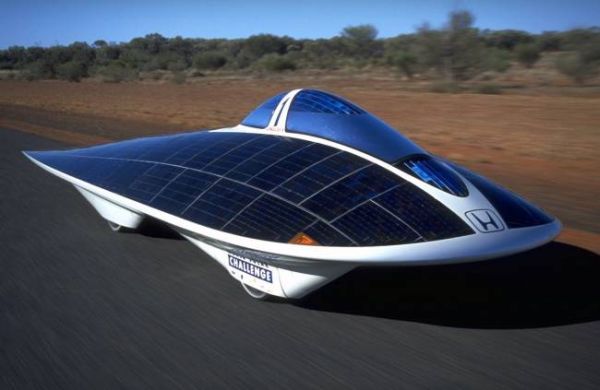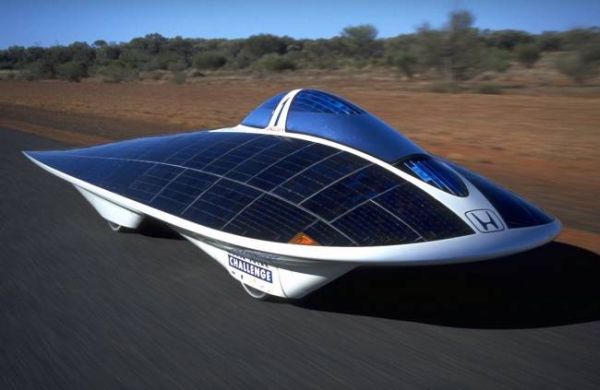
The steady exhaustion of conventional energy sources have left us with acute energy resources. The way out is to generate energy from mother nature and its abundant natural endowment in various alternative forms. Alternative fuels provide choices to the users and they can set their priorities according to the convenience and abundance.
Let us enrich our knowledge by learning about alternative fuels to power:
1. Hydrogen

Hydrogen is the most abundant element in the universe. It can be produced from fossil fuels and by electrolyzing water. Hydrogen can be used as a fuel in the vehicles without producing any harmful emissions. Hydrogen is non-toxic in nature therefore, engines using hydrogen have longer life and faster pick up. Hydrogen is an eco-friendly fuel that contributes in reducing carbon pollution and serves to save environment. The only problem faced by the researchers while using hydrogen is its high cost of production and storage. Once this problem is solved, hydrogen will become the most utilizable fuel and will eradicate our dependency on petroleum.
2. Electricity

Electric fuel is a source of energy which could be generated from easily available resources like sunlight, wind energy and even bacteria. More and more eco-friendly electric cars are being created these days and all these cars are powered by electric fuels instead of pollution creating petrol or diesel. These battery powered cars produces zero emission creating green and clean transportation system.
3. Biodiesel

Biodiesel is another renewable fuel that is produced from vegetable oils and animal fats. Biodiesel mixed with petroleum diesel can be used to fuel diesel vehicles. The biodiesel fuel produces negligible emissions, clean burning, and is domestically produced, providing energy security and safety benefits. Engine workability is improved using Biodiesel as it provides adequate lubricity and prevents moving parts of engine from wearing permanently.
4. Solar energy

Solar energy is the most abundant source of energy on earth. It could be harvested in various ways to produce energy that could be used to meet daily energy needs. Basically there are three ways to harvest solar energy. First method uses solar cells known as photovoltaic cells to convert sun light directly into electricity. A square meter of solar panel is capable of generating power to light 100W bulb on a sunny day. Another technique uses solar furnaces. Solar furnaces use large number of mirrors to concentrate solar energy to a small location producing temperature as high as 33,000 degrees Celsius. This energy could be used to create electricity with the help of turbines. Next method uses Solar Towers. These towers are made above green houses which are warmed by sun. Air in the middle of the tower gets heated and moves up quickly. In doing so it generates energy by moving air turbines fitted in the tower. The most remarkable features of solar energy are its clean and pollution free properties, it can be produced in any remote area on the earth and the low maintenance required by the solar energy producing systems.
5. Wind energy

Energy generated using wind farms is one of the purest and greenest form of energy. A wind farm consists of large number of individual wind turbines running on wind, producing substantial amount of energy that could be used to meet the rising energy demands. The unused land between the turbines in a wind farm may be used efficiently for agricultural and other similar purposes. Thus no space gets wasted in a wind farm. Globally 2 percent of power production comes from wind turbines with the capacity increasing every year.




